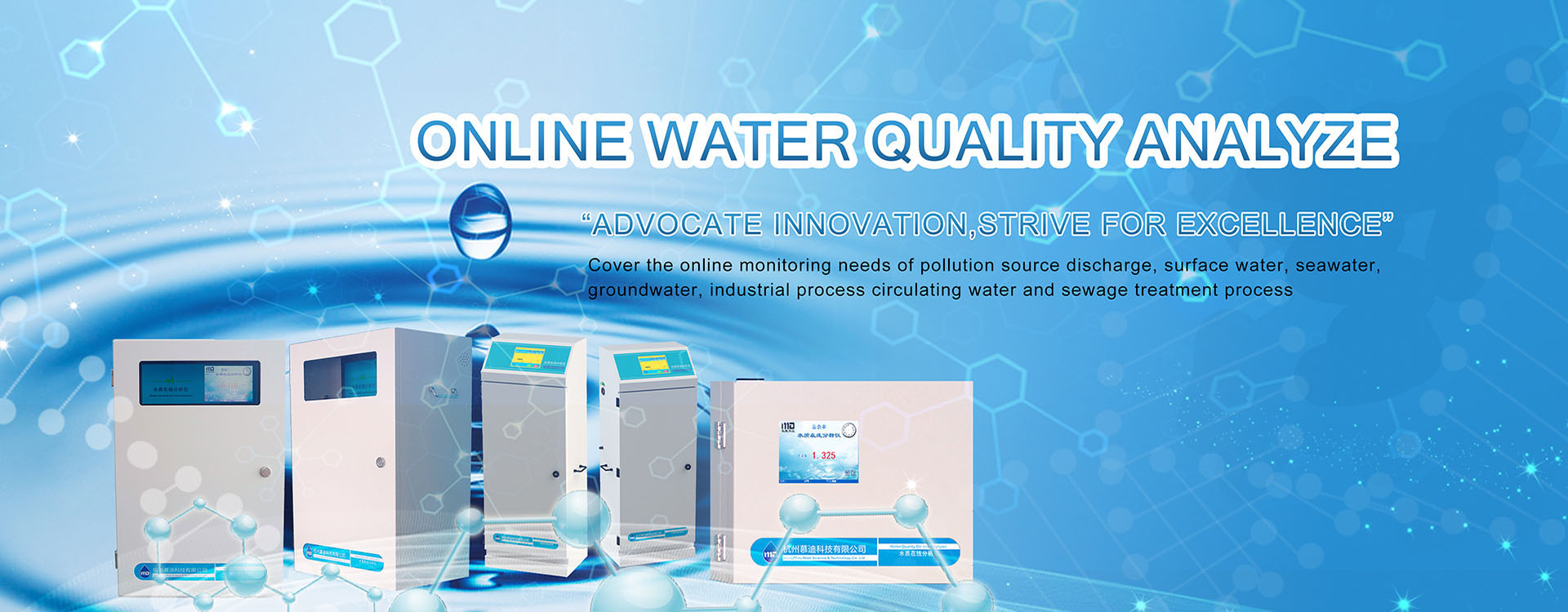In fact, it was reported a long time ago that the unqualified rate of faucet sales monitoring in Guangzhou exceeded 50%! So what are the overlooked pathways of heavy metal pollution in tap water?
According to Chinese standards, the inspection of faucets mainly includes 14 items, including pipe thread accuracy, metal pollutant precipitation, and surface corrosion resistance. Among the unqualified projects, there is one that deserves our attention because it directly relates to the health issues of consumers! It is the precipitation of metal pollutants, and this project mainly detects the precipitation of 17 elements such as antimony, arsenic, and barium in faucets, especially the significant heavy metals such as lead, cadmium, chromium, and arsenic, which are biological toxins.
However, the overlooked pathway of heavy metal pollution in tap water! Normally, tap water is weakly acidic and staying in the faucet for a long time can easily lead to the precipitation and dissolution of metal pollutants in the faucet, causing water quality pollution. Moreover, studies have shown that long-term use or consumption of tap water containing metals, especially those with excessive heavy metal content, may pose a threat to human health!
It is precisely for this reason that in order to change the situation of heavy metal exceeding the standard in the faucet industry, China as early as 2014 when revising the standard “Ceramic Sealing Plate Water Nozzles”, specially awarded the project of heavy metal pollution monitoring and precipitation, which was clearly included in mandatory standard management and applicable to faucets that consumers can directly take water from!
Related instruments for online monitoring of heavy metal water quality
The photoelectric colorimetric method used for the online monitoring of heavy metals in water quality produced by Modi. The water sample is injected into the digestion tank through an injection pump, and then a reducing agent is injected to reduce various forms of heavy metals in the water to the same valence state; Next, inject a buffer solution, adjust to the appropriate pH value, and add a characteristic chromogenic agent. Heavy metals and chromogenic agents in the water form an orange yellow complex. Then, use a photoelectric colorimeter to measure the color change of the secondary orange yellow complex at a certain wavelength, and calculate the content of heavy metals in the water according to Lambert Beer’s law.
- PREVIOUS:
- NEXT:How to Choose the Right Water Quality Monitor?




